Visibility is a crucial factor in the field of highway traffic safety. Severe weather conditions, such as smog, heavy rain, sandstorms, etc., often seriously reduce road visibility, posing a huge threat to driving safety. To address this challenge, an innovative highway visibility monitoring and early warning system has emerged and become an important tool for ensuring driving safety.
The WX-NJD10 visibility monitoring and early warning system is based on advanced Internet of Things technology, integrating high-precision sensors, intelligent analysis algorithms and dynamic early warning functions, and realizes real-time monitoring and early warning of visibility along expressways. It is usually deployed on key sections of expressways, such as foggy areas, Bridges, and tunnel entrances, capable of capturing visibility changes in the road environment around the clock, providing timely and accurate data support for traffic safety management.
Compared with traditional road monitoring methods, the visibility monitoring and early warning system has significant advantages. First of all, its degree of intelligence is higher. The system can automatically analyze the data collected by sensors and predict the trend of visibility changes through intelligent algorithms. Once the visibility is detected to be lower than the safety threshold, the early warning mechanism will be automatically triggered. This intelligent early warning method has greatly improved the efficiency and accuracy of emergency response.
Secondly, the real-time performance of the system is stronger. It adopts an efficient data transmission method to ensure that the monitoring data can be synchronized to the traffic management cloud platform in real time. This means that traffic management departments can keep track of the visibility conditions on expressways at any time and anywhere, and take timely countermeasures, such as adjusting traffic flow and issuing speed limit warnings, thereby effectively reducing the risk of traffic accidents.
In addition, the visibility monitoring and early warning system also features high precision and comprehensiveness. It can accurately identify the impact of different weather conditions on visibility, such as fog, haze, rain, snow, etc., and conduct comprehensive analysis by combining meteorological data with traffic flow models. This comprehensive monitoring method enables the system to provide more accurate and reliable visibility information, offering a more scientific basis for drivers' driving decisions.

Article address:
http://www.qxhjjc.com/en/newcen/1503.html

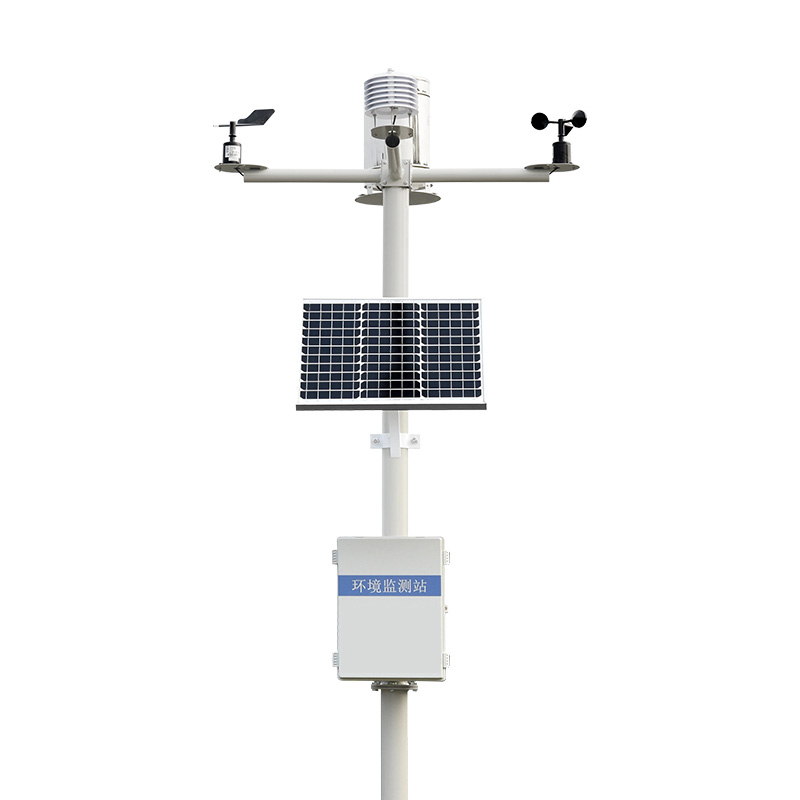
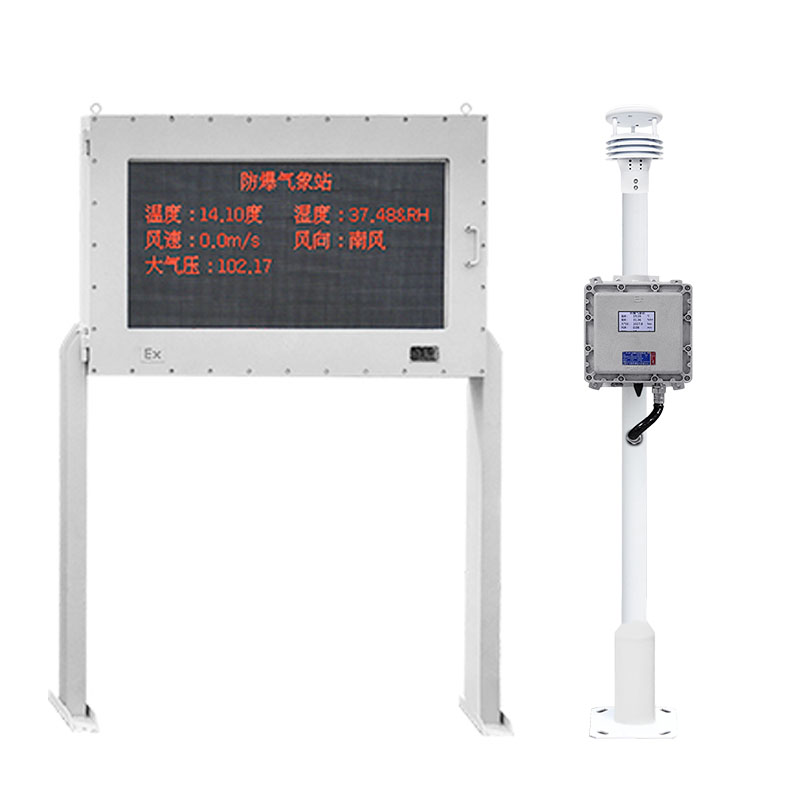
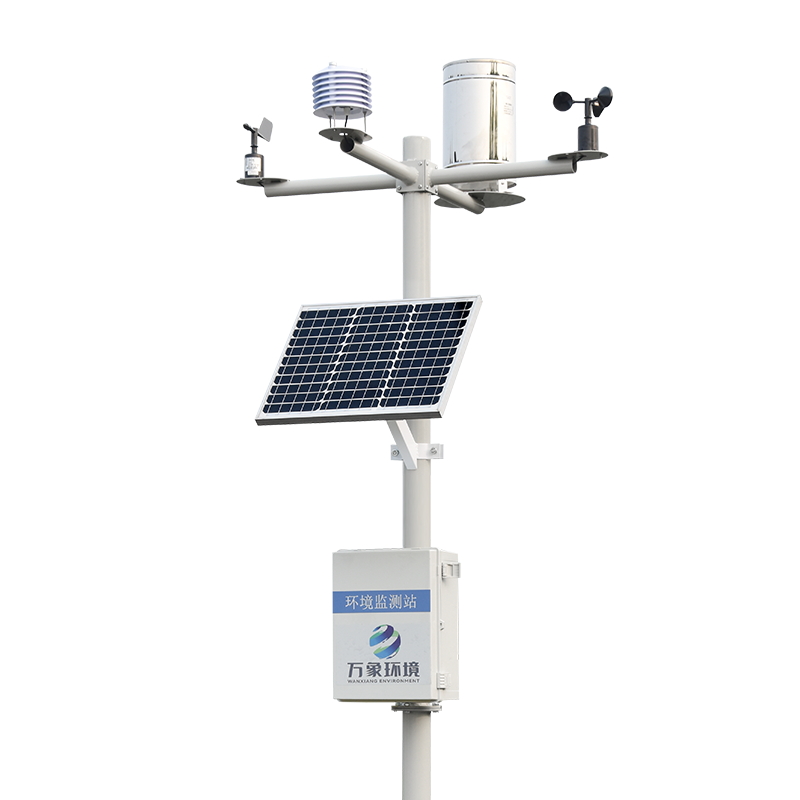

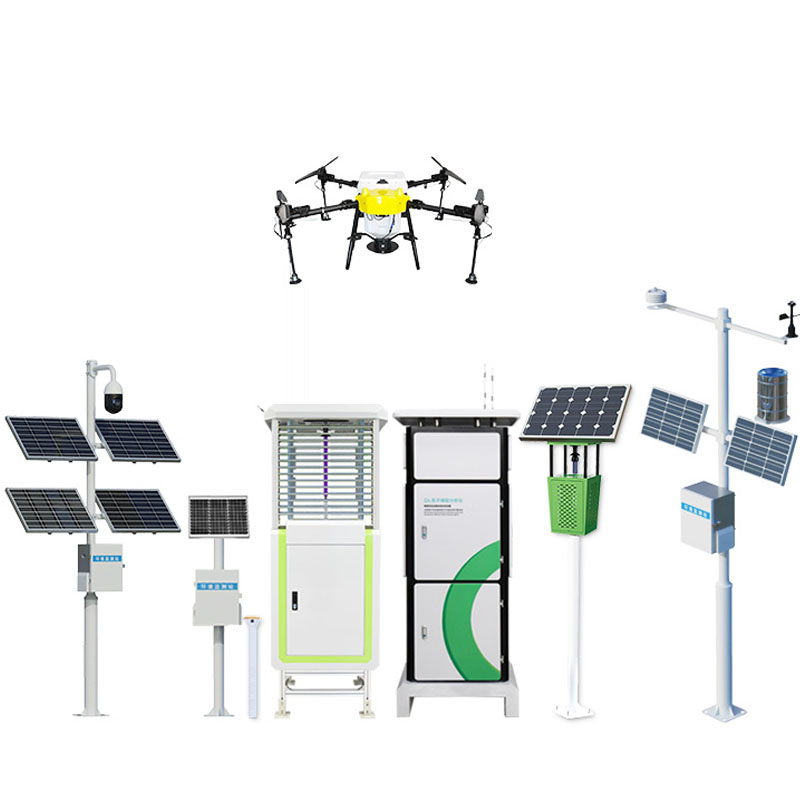






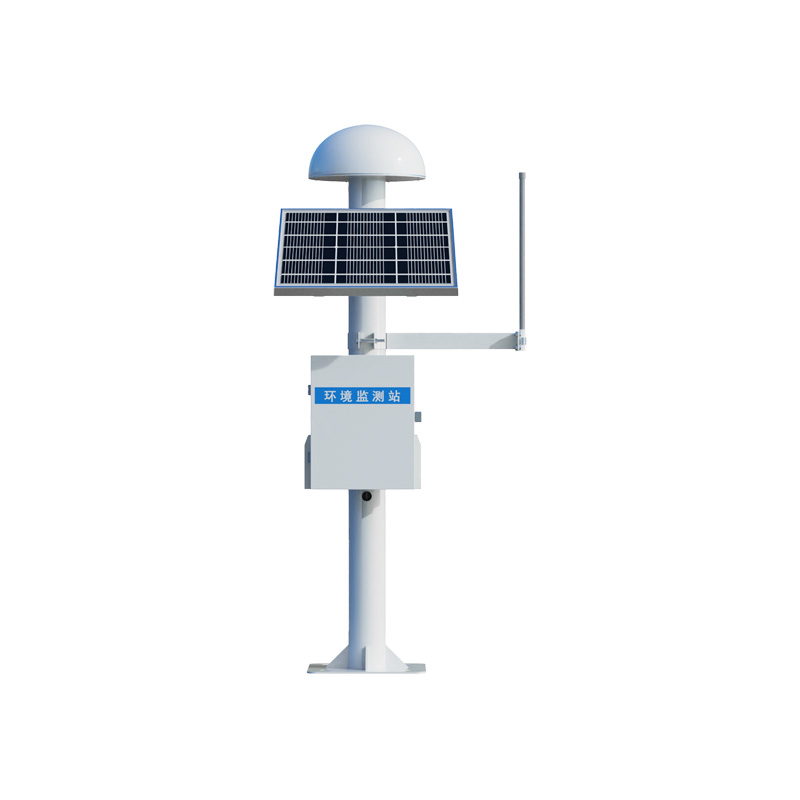





 Home
Home phone
phone Product Overview
Product Overview Contact Us
Contact Us